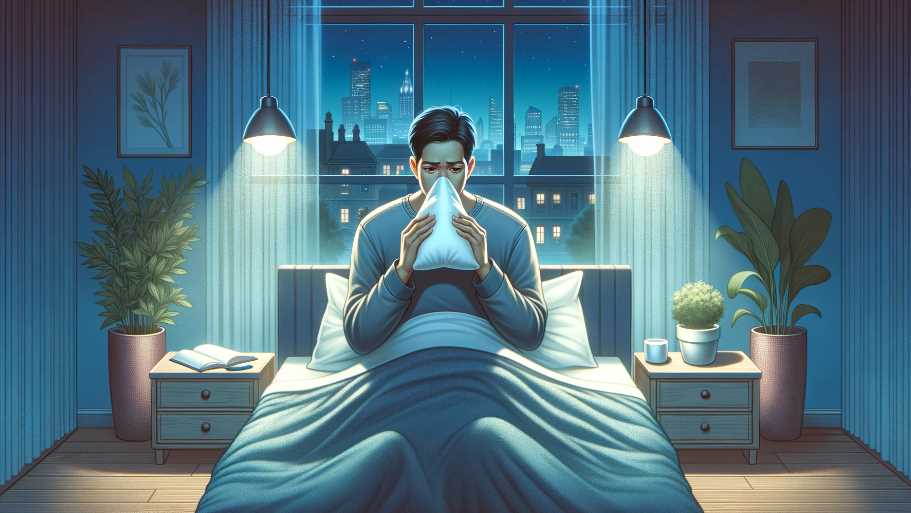Can You Sanitize Pillows in the Dryer
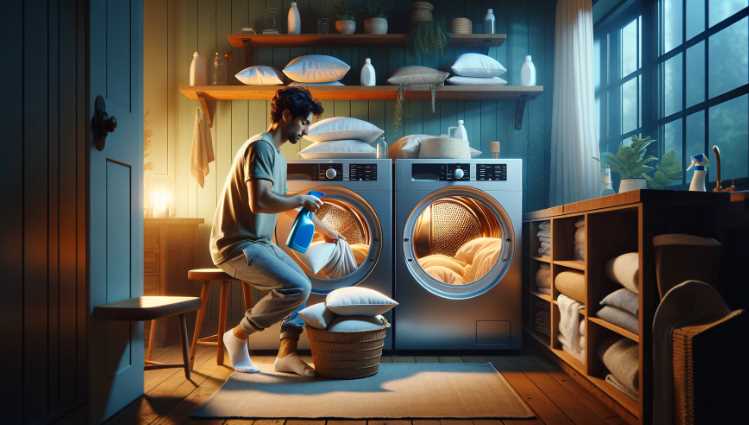
Pillows play a crucial role in providing us with a good night’s sleep. But over time, they can accumulate ...
Read moreCan You Bleach Pillows in the Washing Machine? Safe & Effective Cleaning Tips
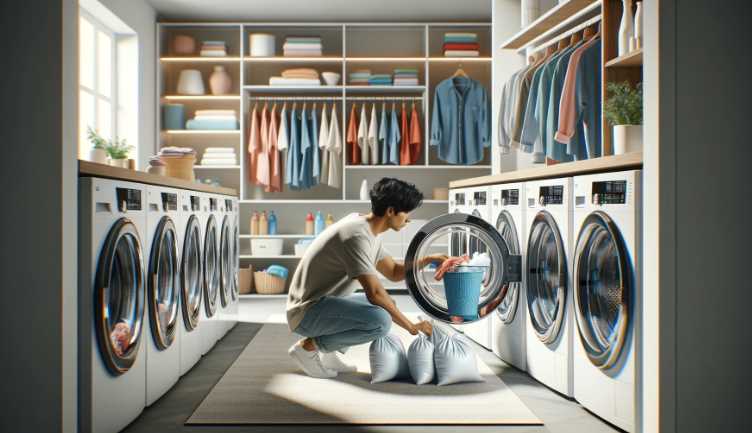
Have you ever wondered that can you bleach pillows in the washing machine? It may seem like a simple question, ...
Read moreHamilton Beach Dual Breakfast Sandwich Maker: Fast & Easy Homemade Breakfasts
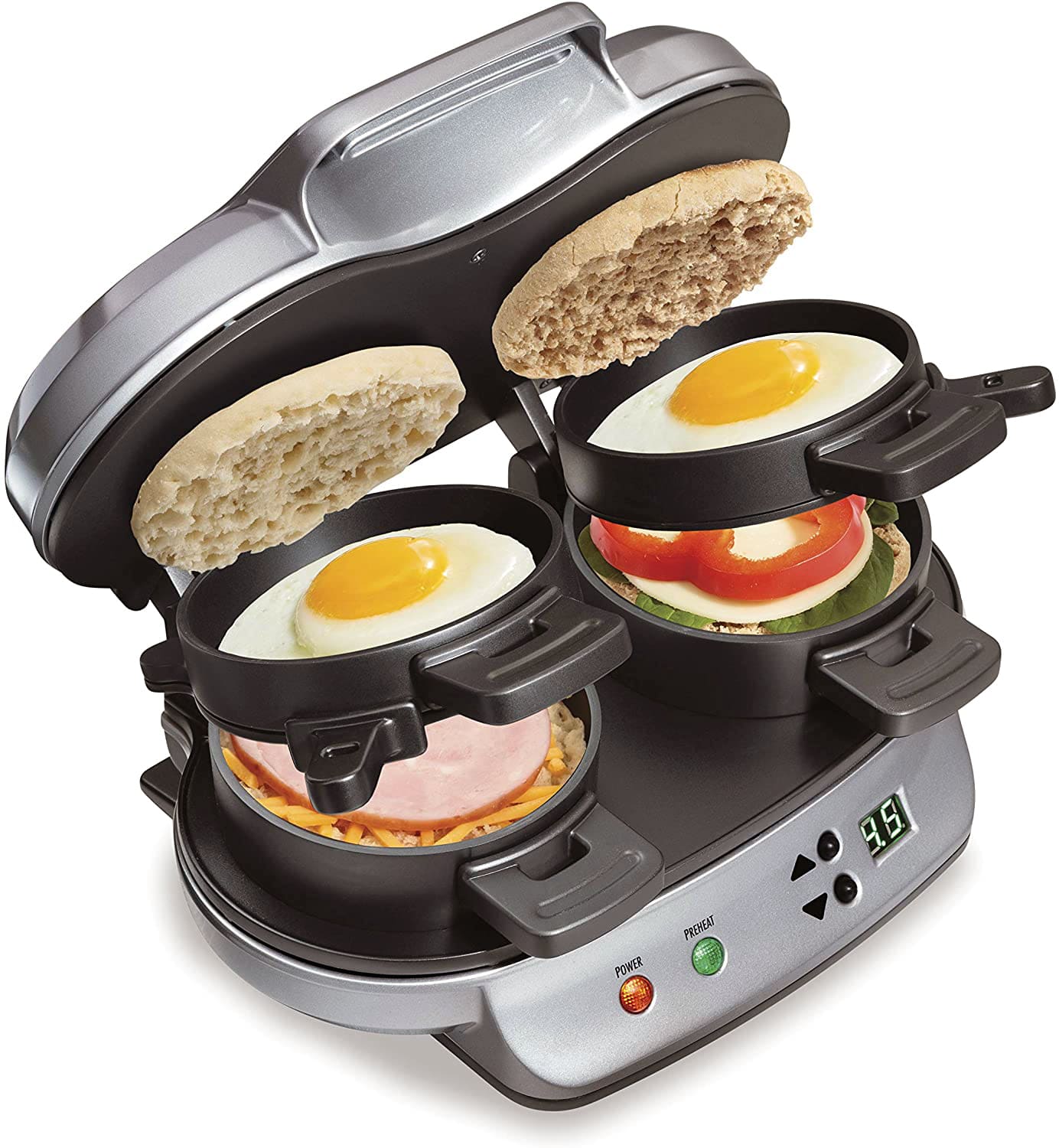
You should know making breakfast sandwiches is a multistep process often requiring more than one pan and a toaster. Not ...
Read moreBissell Carpet And Upholstery Cleaner Review: A Deep Clean for Your Home
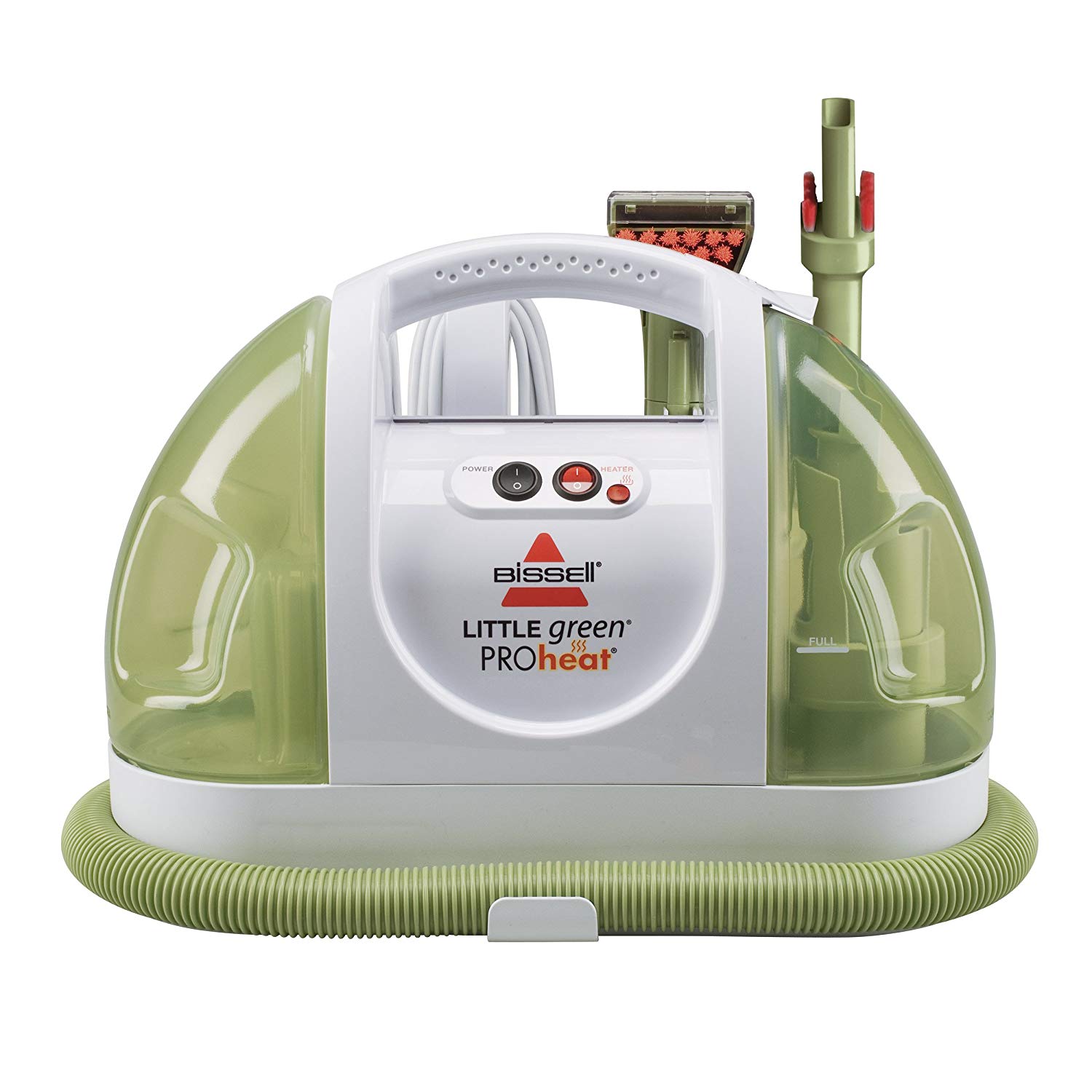
When guests visit your house they cannot help but fall in love with the carpets you own. Apparently, when they ...
Read moreToiletTree Products Deluxe Fogless Shower Mirror with Squeegee: The Perfect Grooming Essential
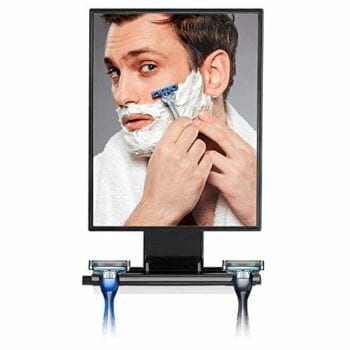
Have you ever stood in front of a mirror in the bathroom after a shower and all you saw was ...
Read more